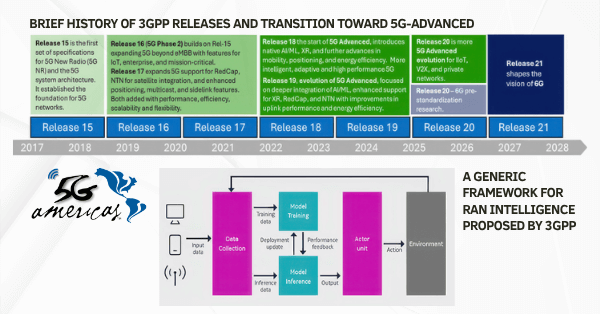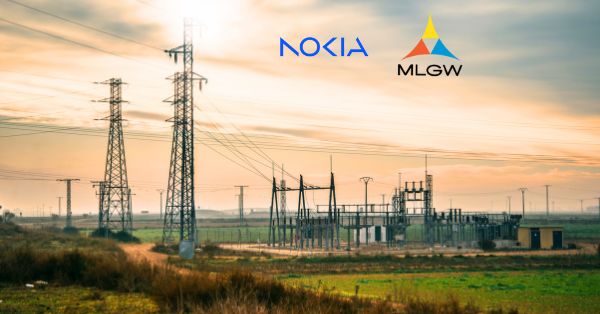All 56 U.S. States and Territories Cleared for “Benefit of the Bargain” Round Under BEAD Program
The National Telecommunications and Information Administration (NTIA) has approved revised Initial Proposals from all 56 states and territories, marking a significant step forward for the $42.45 billion Broadband Equity, Access, and Deployment (BEAD) Program. With this approval, every participating region can now begin the “Benefit of the Bargain” subgrantee selection process, which is designed to accelerate and optimize broadband infrastructure deployment across the United States.
Revised BEAD Rules Streamline Process and Open Market Competition
The milestone follows the NTIA’s release of a new BEAD Restructuring Policy Notice in June 2025. This policy reform aims to eliminate regulatory red tape that had previously slowed down the program. Under the new framework, all technology solutions are given equal consideration—whether that’s fiber, fixed wireless, or Satellite & NTN providers like Starlink.
One of the most important changes is the removal of what NTIA referred to as “extralegal, burdensome requirements.” The restructuring restores the BEAD initiative to its original congressional intent—delivering cost-efficient, high-speed broadband access as quickly as possible.
What is the “Benefit of the Bargain” Round?
The “Benefit of the Bargain” round introduces a competitive process for selecting subgrantees—typically internet service providers—who will use federal funds to build out broadband infrastructure. This round requires states and territories to evaluate proposals from providers based on value, efficiency, and technical feasibility, not just technology type.
Previously, there were concerns that states were favoring certain broadband technologies (mainly fiber) over others. With the updated policy, providers using FWA, Satellite, and other alternative technologies can now compete more fairly, provided they meet speed, latency, and reliability benchmarks.
Key Deadlines and Progress Tracking
All participating states and territories must submit their Final Proposals by September 4, 2025. These proposals must include the results of at least one round of “Benefit of the Bargain” subgrantee selection.
To support transparency and public awareness, the NTIA launched an updated BEAD Progress Dashboard. As of July 21, 2025, 48 states and territories have already started their “Benefit of the Bargain” process. The dashboard provides insight into where each region stands and helps track the overall rollout of broadband infrastructure across the country.
Political Context and Leadership Developments
The restructuring of BEAD follows significant political shifts. The Trump Administration’s policy changes earlier this year paused the program temporarily and led to a reworking of several broadband awards. Critics of the prior rules argued that they limited the speed and reach of broadband expansion by prioritizing certain technologies.
Commerce Secretary Howard Lutnick has publicly committed to ensuring that BEAD funds are disbursed by the end of 2025. His remarks came shortly after the GENIUS Act was signed into law, reinforcing the federal government’s commitment to high-speed internet access as a core component of national infrastructure.
Meanwhile, the Senate is preparing to confirm Arielle Roth as the new NTIA Administrator. Roth is expected to continue NTIA’s push for broadband expansion, while managing the complexities introduced by a more technology-neutral policy environment.
What This Means for Broadband Providers
For broadband service providers—ranging from national ISPs to rural co-ops and emerging Satellite operators—this policy shift presents both an opportunity and a challenge. The competitive bidding process means providers must present strong cost-benefit cases, robust engineering plans, and proven capabilities for project execution.
The shift also introduces uncertainty. While neutrality offers more players a seat at the table, some stakeholders worry it could divert funding from proven technologies like fiber to solutions that may not offer long-term scalability.
Balancing Technology Choice and Performance Standards
The NTIA has been clear that while the playing field is now more level, performance standards remain stringent. All funded deployments must meet baseline performance metrics for speed, reliability, latency, and affordability. This means providers using 5G, FWA, or Satellite & NTN must still prove they can deliver outcomes comparable to traditional wired solutions.
State broadband offices are expected to play a pivotal role in evaluating trade-offs between short-term reach and long-term network sustainability.
Looking Ahead: A More Flexible, Fast-Paced BEAD
With all 56 jurisdictions cleared to proceed and a deadline approaching, the next few months will be critical. The focus will now shift to execution—getting projects moving, ensuring regulatory compliance, and delivering broadband to underserved communities.
In an environment where digital equity and economic development are increasingly linked, this updated BEAD process could help bridge the digital divide faster—provided states effectively manage their subgrantee selection and avoid delays.
For broadband advocates, providers, and public officials alike, the clock is ticking. And with the spotlight now firmly on state broadband offices, the real work of delivering fast, reliable internet to every American is finally underway.






























